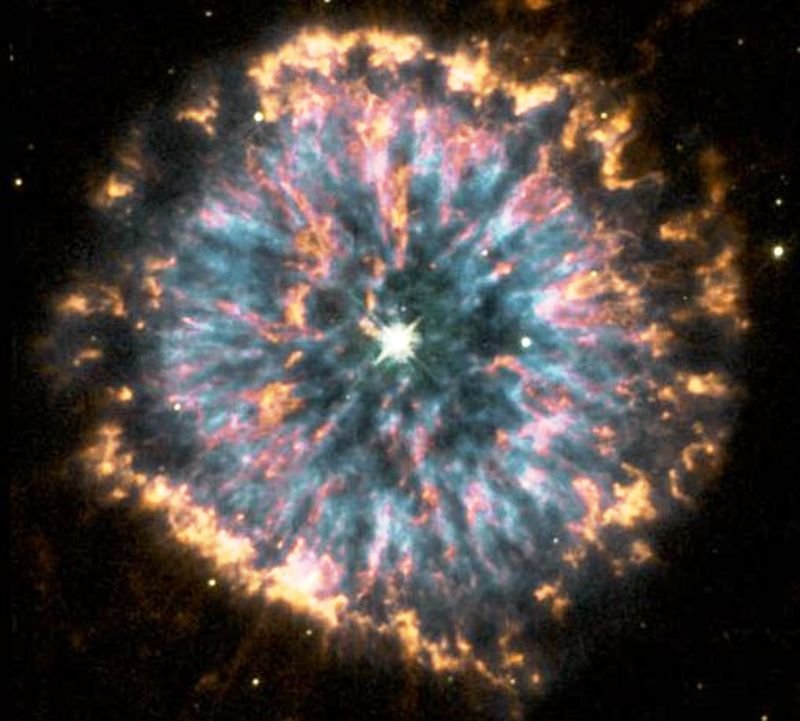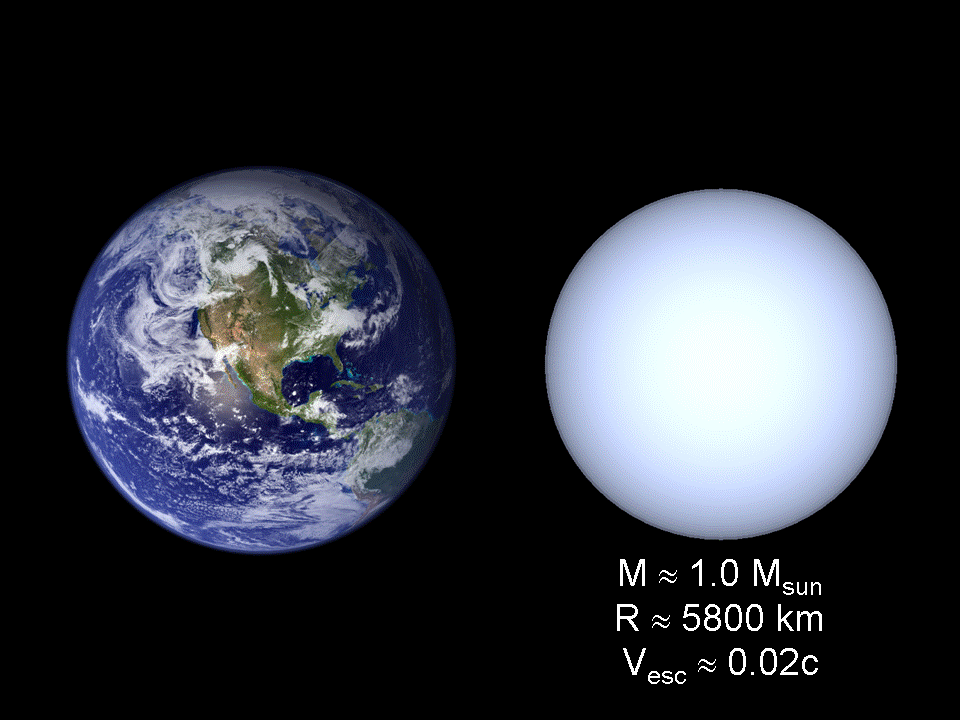Our Sun – Red Giant Star To White Dwarf
Stars with different sizes start their journey from the part of a nebula, become Protostars and enters into the Main sequence star stage. Main sequence stage is the young age of a star, at this stage the thermostatic equilibrium attained between contracting gravitational force and thermal energy generated by the nuclear fusion of Hydrogen in Helium in the core of the star. All the stars spend about 90% of the age in the Main Sequence Stage.
Once all the Hydrogen available in the core is used up, stars leave the Main Sequence Stage and enter the next phase. The next phase depends upon the original mass of the star. If the original mass of the star ranges from 0.08 Mass of Sun to about 8 Solar masses, then the star enters into Red Giant Phase. In the previous post we stopped at the Red Giant Phase of our Sun. Once the Star enters in Red Giant Phase, all core is left with Helium and there is some hydrogen left in the outer shell of the core where Hydrogen continues its fusion into helium. This stage continues until star exhausts all of its Hydrogen.
Once all the fuel is exhausted the star starts to die. Helium in the core starts to fuse into carbon and it is called a helium burning star. The gases at Star’s surface start to blow away in bursts called A Planetary Nebula of Halo of Gases.
Image of a planetary nebula shown below:

At the end whole of the helium fuses into Carbon and some Carbon reacts with Helium to generate Oxygen. Finally a hot Carbon-Oxygen core is left behind, which is called a White Dwarf. Gravity always wins at the end. This Carbon-Oxygen core starts to collapse again and become so dense that whole Mass of Sun got Compressed into The Size of Earth. The density of White Dwarfs is Million times the density of Water. An ice cube size of a white dwarf weighs about a Ton.
Below are some images of white dwarfs

Look how a core similar to mass of the Sun is compressed into size of Earth. Imagine how heavy it could be?

As the compression of the core continues, there are so much electron density that they have to move faster than light which is not possible so they push outward against the gravity (degeneracy pressure) and further compression of the core stops.
Following are the links to my previous posts on the Life Story of Stars:
@mathworksheets/story-of-a-star-in-the-womb-of-a-nebula
@mathworksheets/a-star-story-forming-the-protostar
@mathworksheets/story-of-a-star-a-brown-dwarf
/@mathworksheets/fate-of-our-sun-story-of-a-star-continues
Hope that you will enjoy the Story of Stars!!
